10 years ago, a Delta-winged plane touched down at London Heathrow for the very last time, marking the end of Supersonic Transport.
I’m of course referring to the joint British/French project – Concorde
G-BOAC – The British Airways first delivered and flagship of the BA Concorde fleet – Manchester shot in 2007.
Concorde operated both in the British Airways and Air France fleets from the 6th December 1973 to 24th October 2003, connecting London and Paris to New York, the Caribbean and other locations, making the contested London – New York run in 3 hours or so (allowing you to have breakfast in London, then Breakfast in New York…).
Concorde’s limited numbers and specialist crews resulted in an interesting point that there are more US Astronauts than there are Concorde pilots.
Air France Concorde at the Steven Udvar Hazy Centre, Smithsonian Museums.
Concorde had some competition through its life – initially the Tupolev Tu-144, but its biggest rival was costs as the aircraft aged and fuel prices shot up.
The retirement came down to three factors:
- The single hull loss – a crash in France in 2000
- Contributory factors from the 9/11 US Terrorist attacks
- The end of support by Airbus for the type (the successor of Aérospatiale and BAC)
The aircraft also introduced “new” technologies that are common today – computer-controlled engine air intakes, fly by wire controls and carbon brakes to name three.
Around and inside G-BOAG at the The Museum of Flight – Seattle
Virgin Atlantic did try to buy the British Airways Concorde fleet to no avail sadly.
Where can you find them today?
The Concorde fleet is scattered over the world, with both the British Airways, Air France and Development fleets split up around the world http://en.wikipedia.org/wiki/Concorde_aircraft_histories documents the aircraft histories and their final homes.
The fleet is well-preserved in numbers, with only 2 aircraft (F-BTSC involved in the Paris Air crash and F-BVFD which because a source of parts) not retained.
The fleet is scattered as far as Seattle in Washington State, Barbados, Washington DC, Manchester (home of G-BOAC – the BA Flagship), Paris and Germany, providing a lasting memory of the days of supersonic travel.
G-BOAG at Seattle’s Museum of Flight
To the future: will there be another Concorde?
I’d like to think yes, but it will take lots of guts by an aircraft designer to push it through. These days, airlines are interested in passengers numbers, eco-friendliness, and lower costs… all things Concorde could never do.
There are some hopes though – the most promising being the Virgin Galactic SpaceShipOne. Whilst it is small in size, the concept of high-orbital flight could really cut travel times… and maybe costs. Meanwhile supersonic business jets are still being explored.
For now though – it does seem we are going backward, choosing space and comfort over speed. A shame as those Delta winged planes now rest in museums rather than the next generation of aircraft taking passengers around the world at speeds that won’t be achieved by a passenger aircraft for many years to come.
Want to keep up with me at GhettoIFE? Join me either by signing up for my newsletter, or follow me on Twitter @GhettoIFE for when there are posts to the blog!
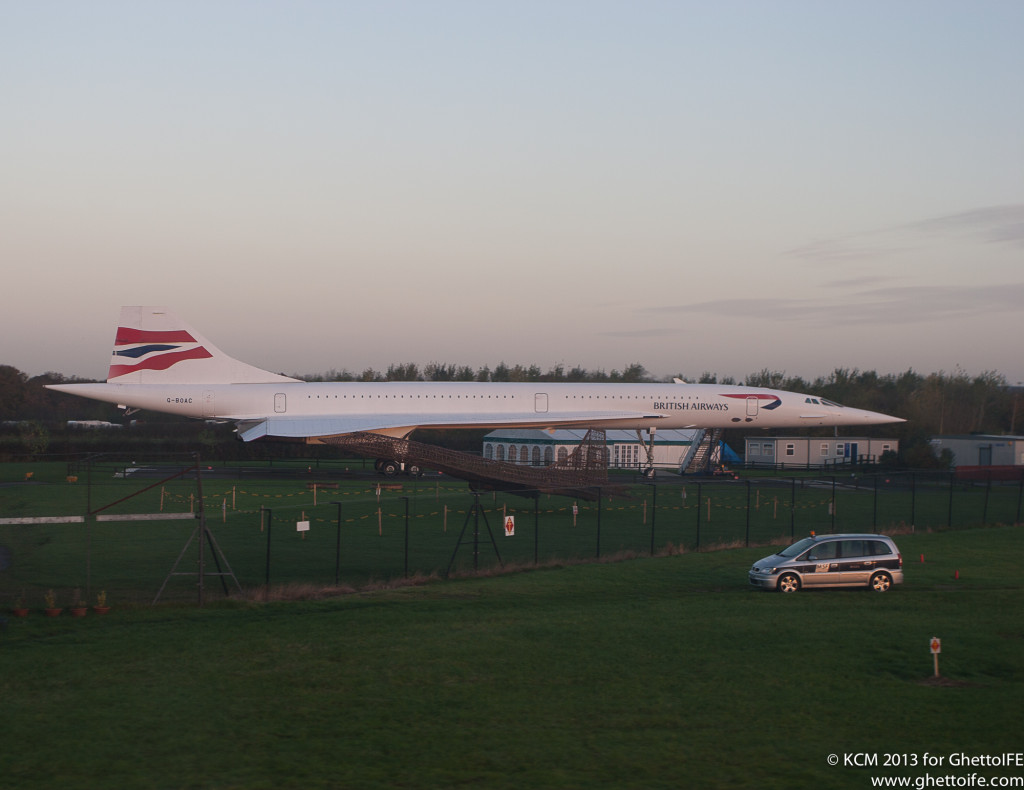
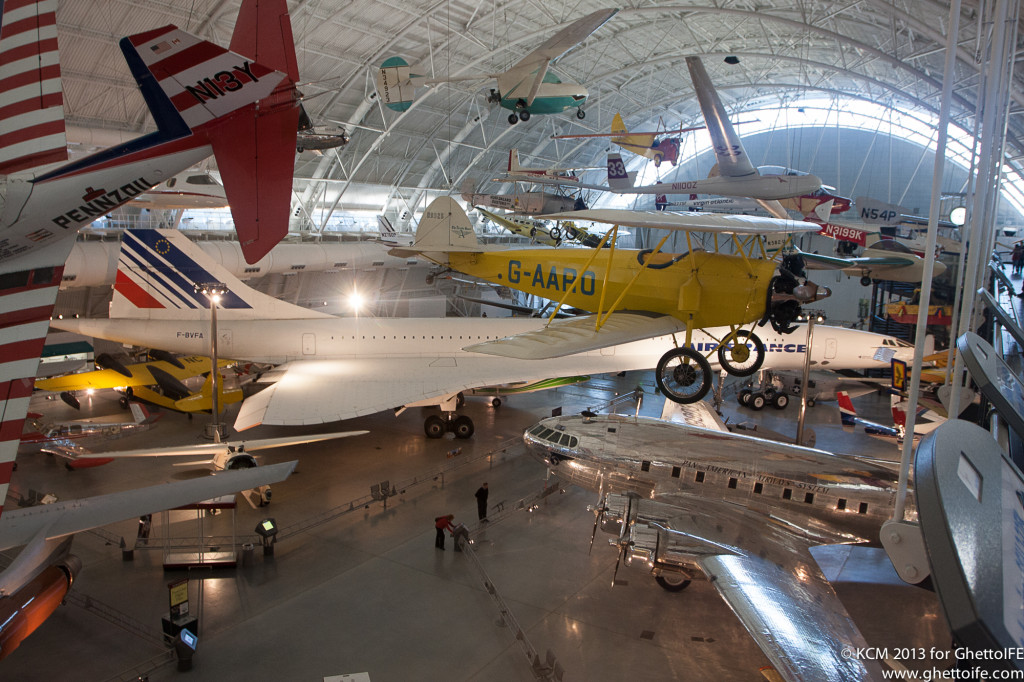
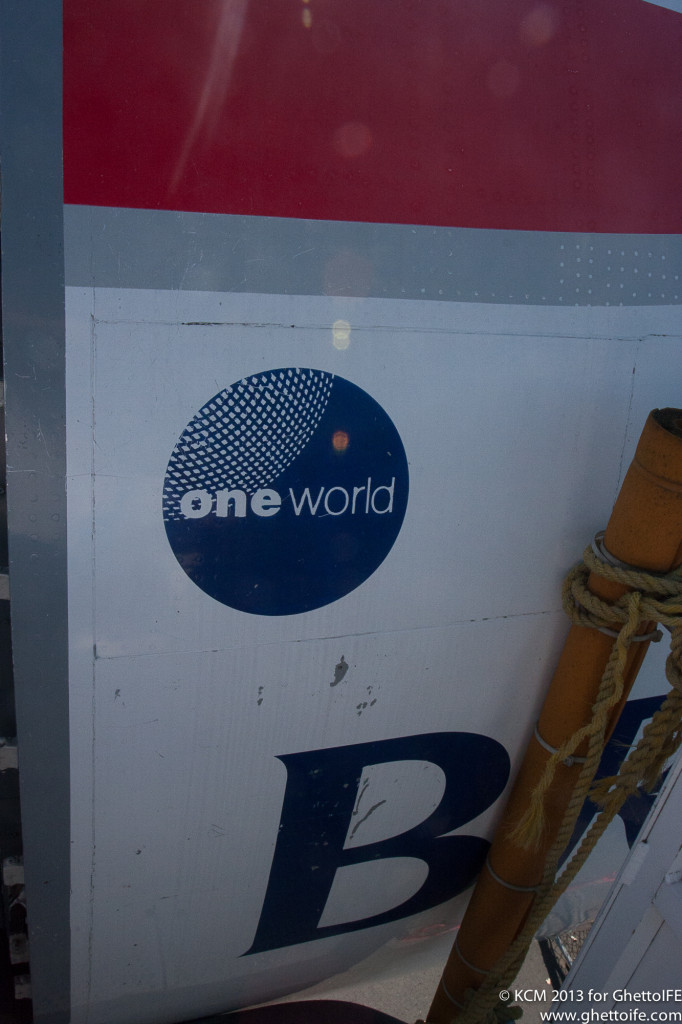
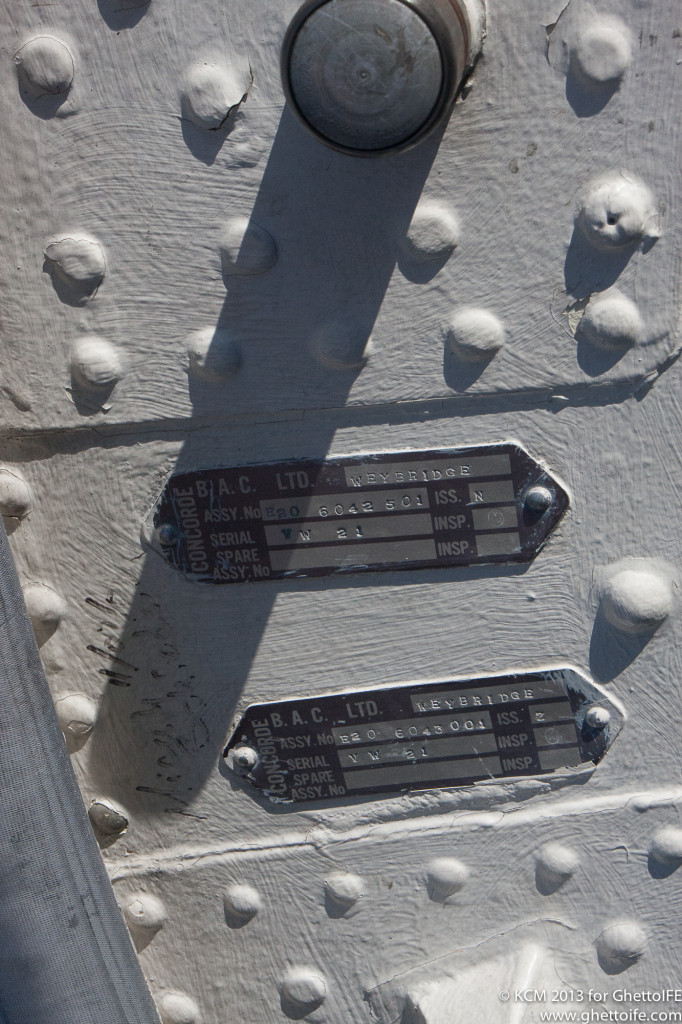
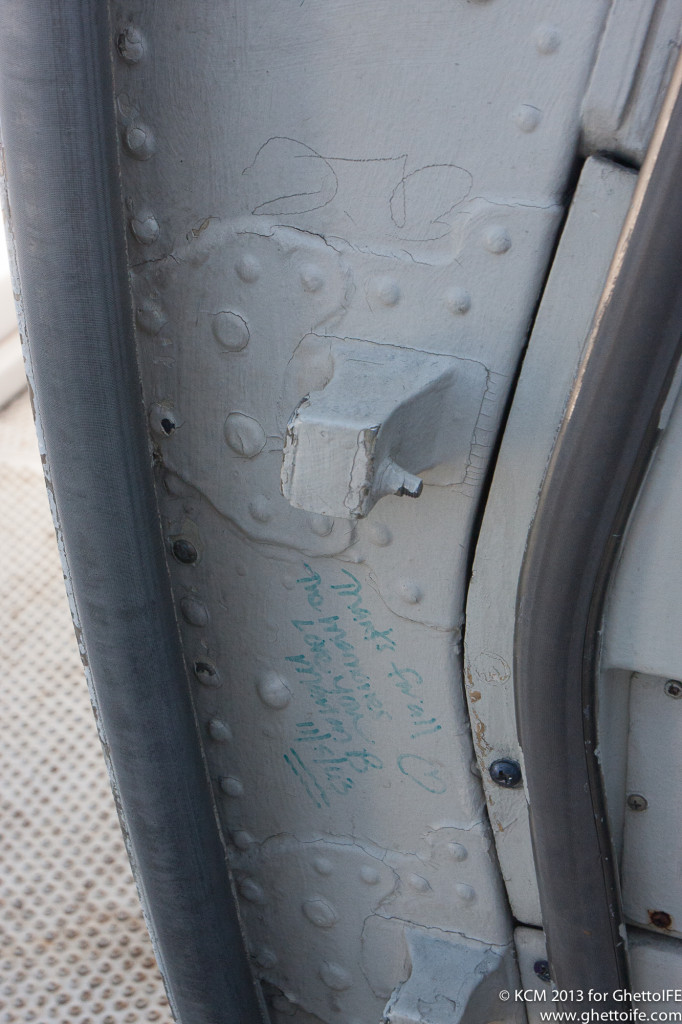
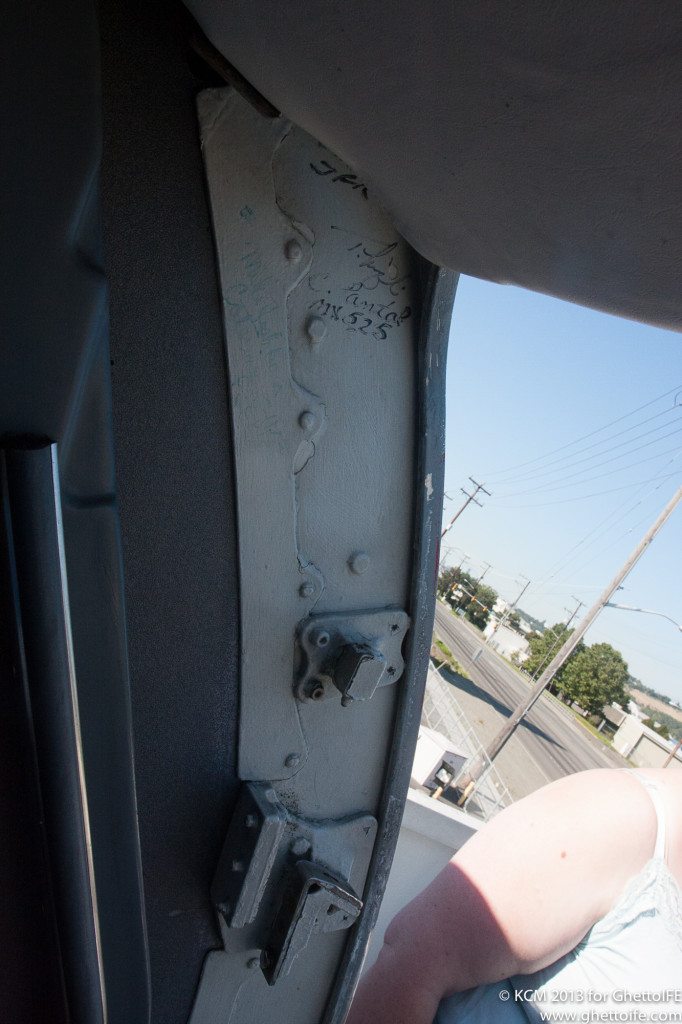
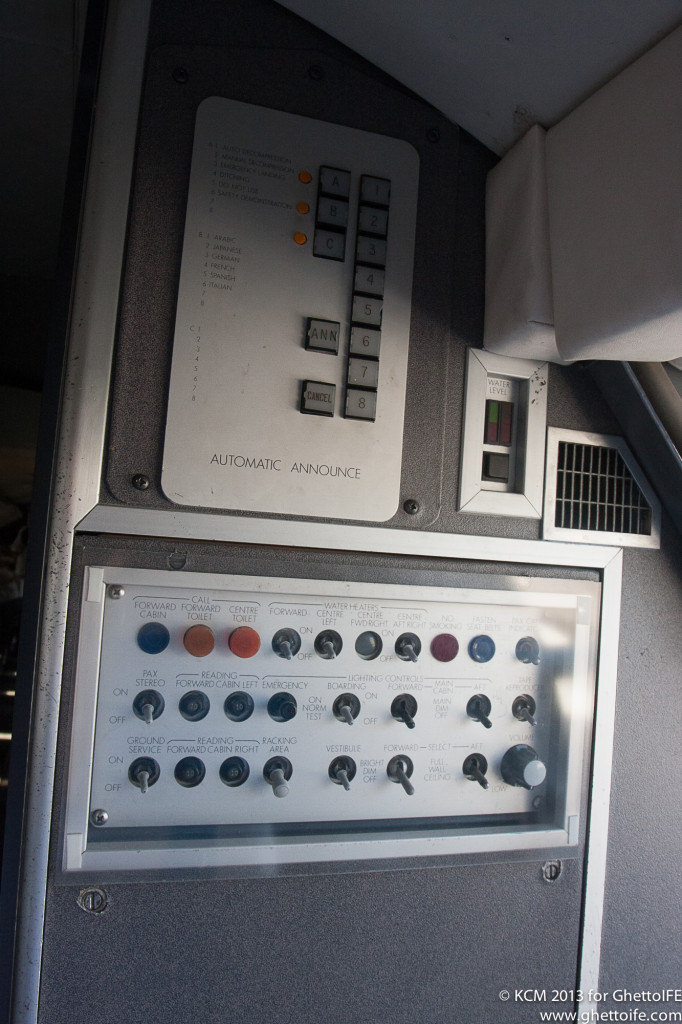
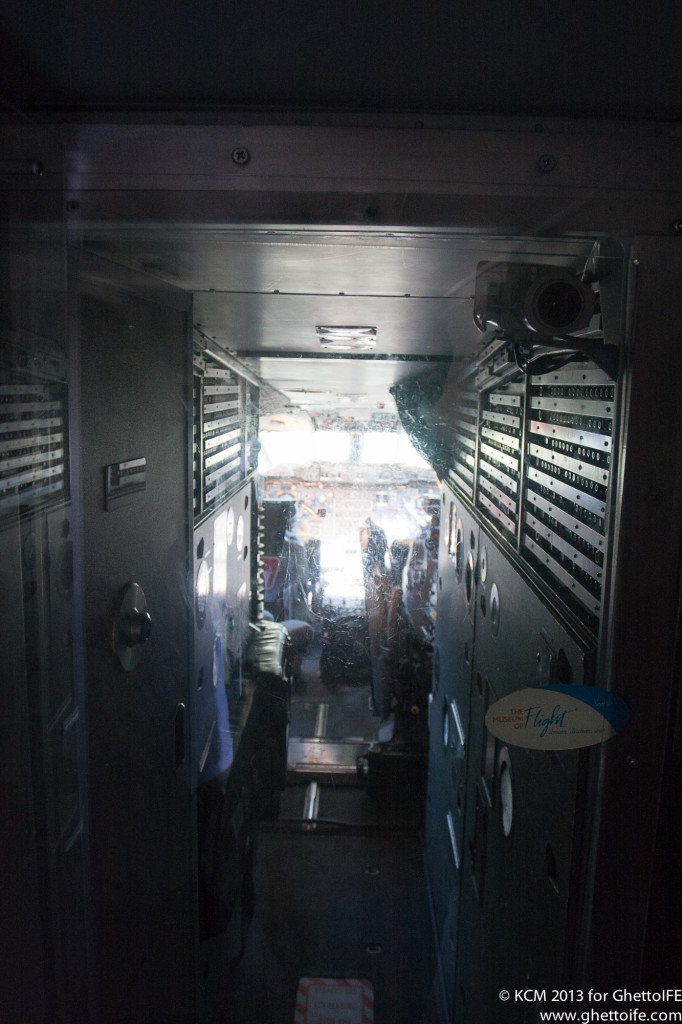
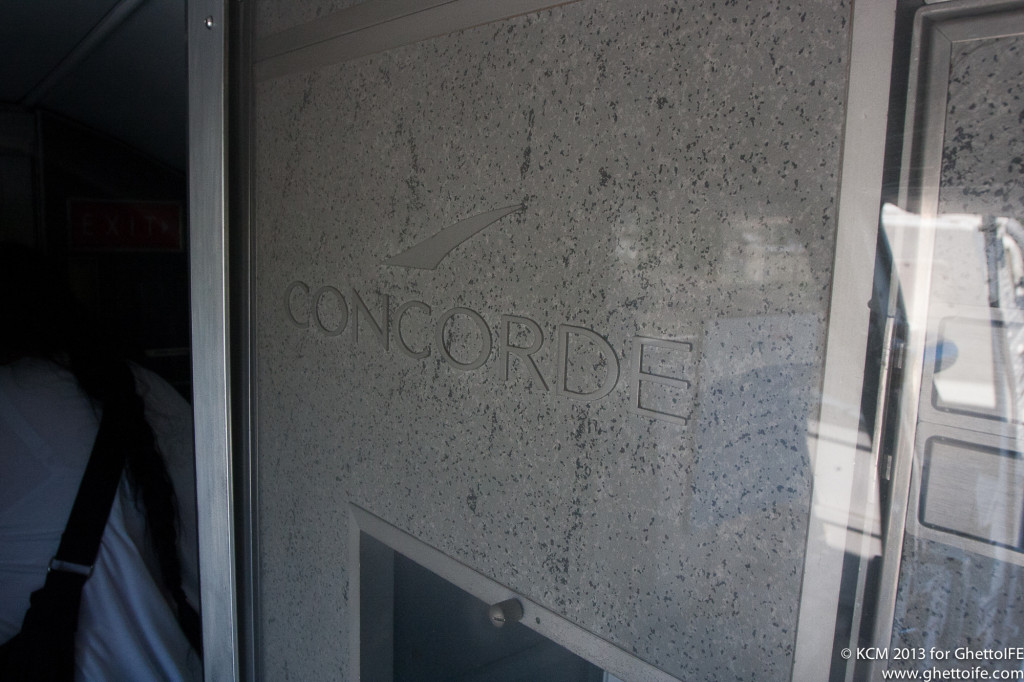
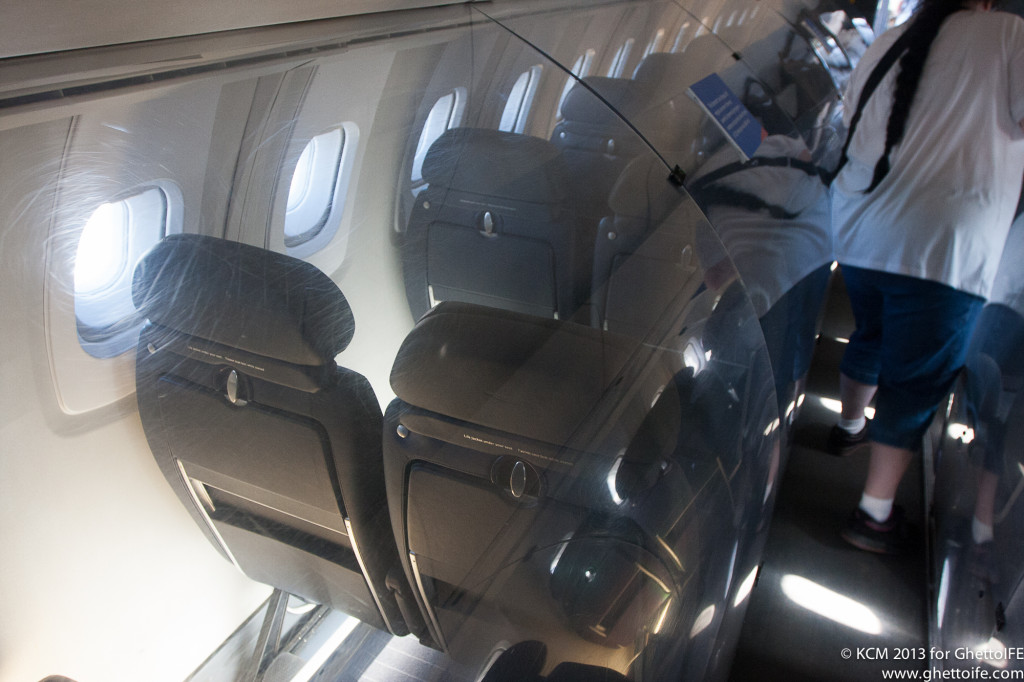
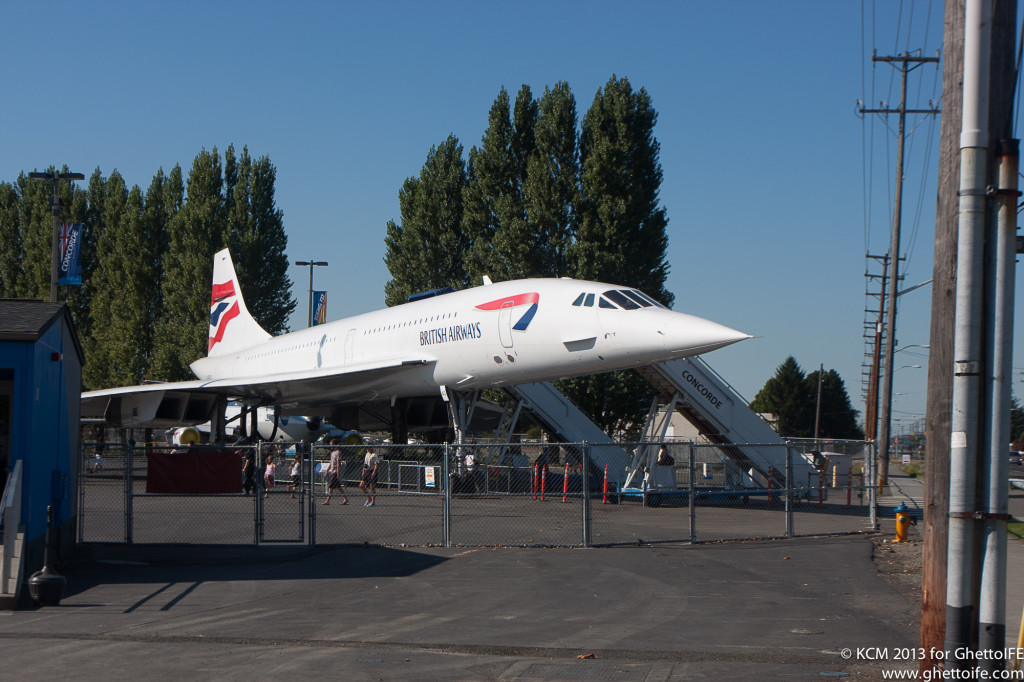
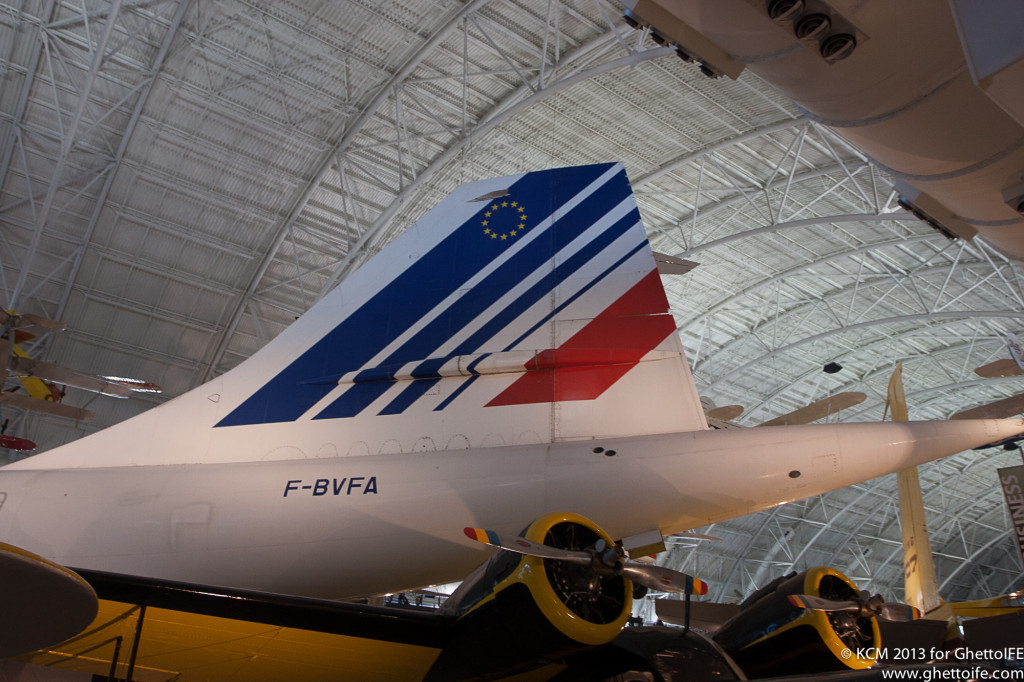
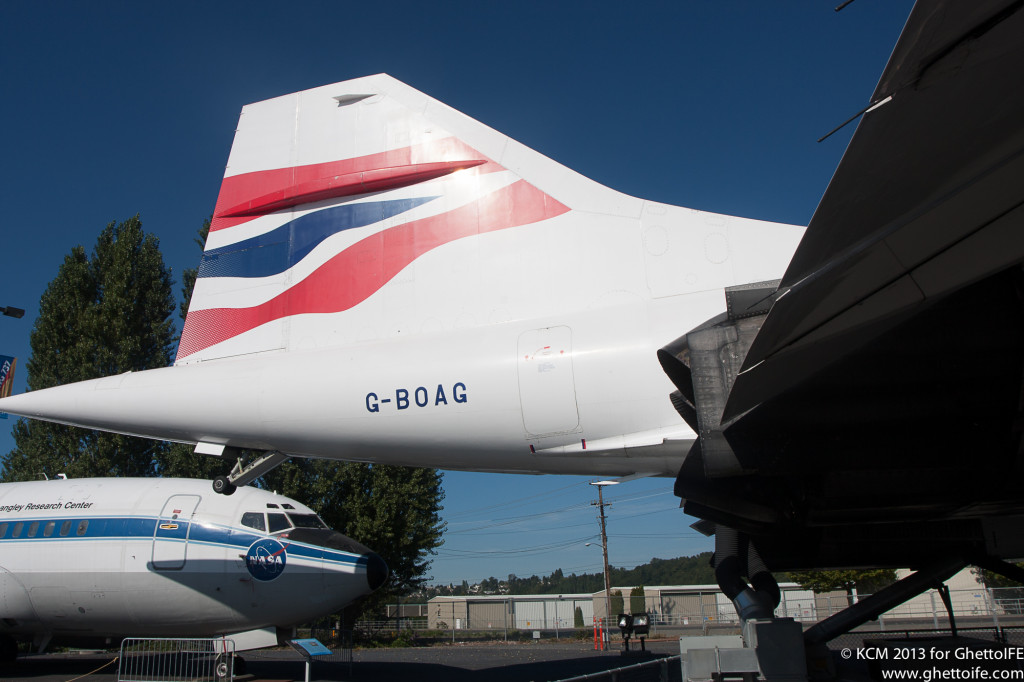
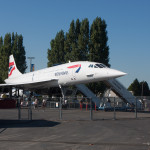
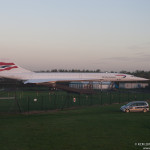
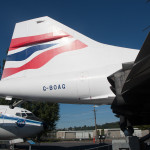
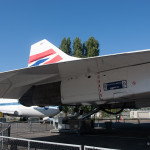
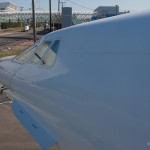
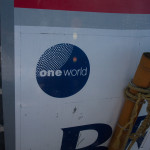
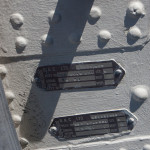
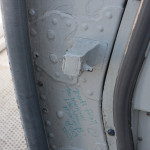

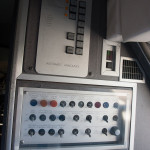
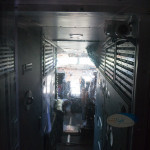
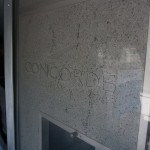
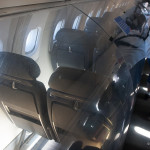

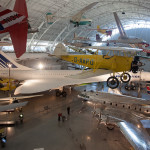
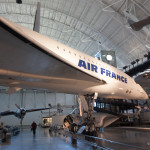
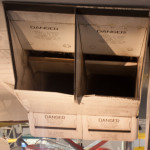
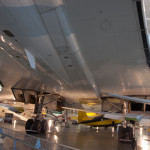
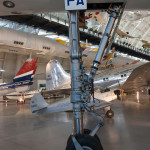
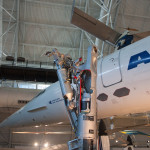
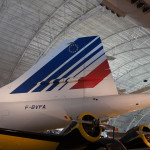
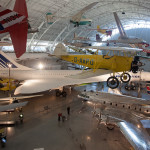
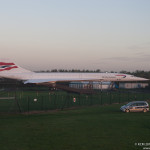
Wonderful set of images Kevin. Too bad I was born about 15-20 year too late to ever fly in one!
Recently went on an awesome tour of the Concorde at the USS Intrepid Museum in NYC. Highly recommend it!
We use DL miles for two R/T tickets to CDG in 2003 on Concorde. What a wonderful experience. 🙂
I went to see the youngest of them all, F-BTSD (also the only semi-functional one), last year in Le Bourget. I have to admit, being up close to it, it is a rather impressive sight to behold. I also had the pleasure of seeing (and hearing) it take off from CDG in 2001-ish and that was a truely majestic sight.
Just a shame I never got the chance to fly on her.